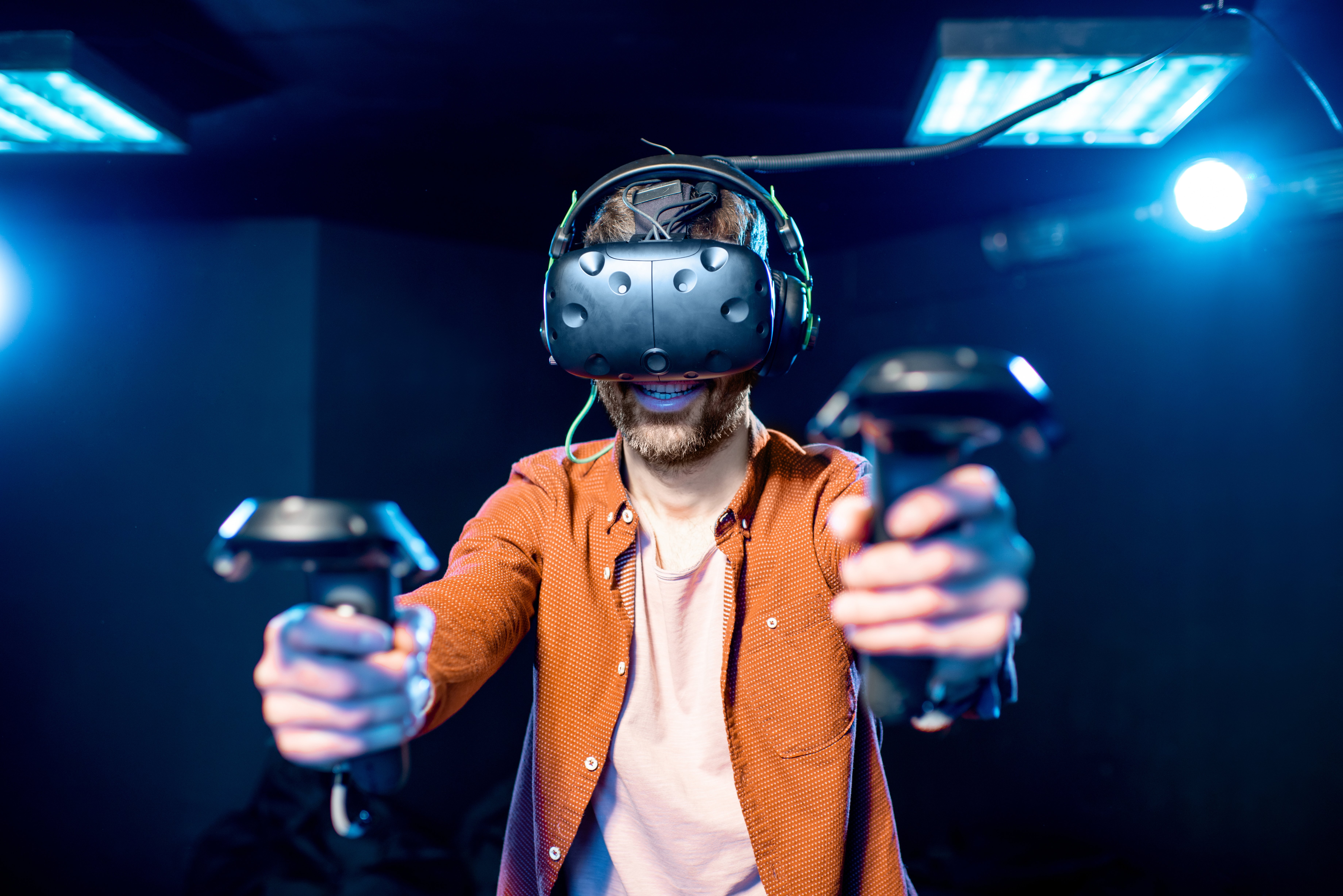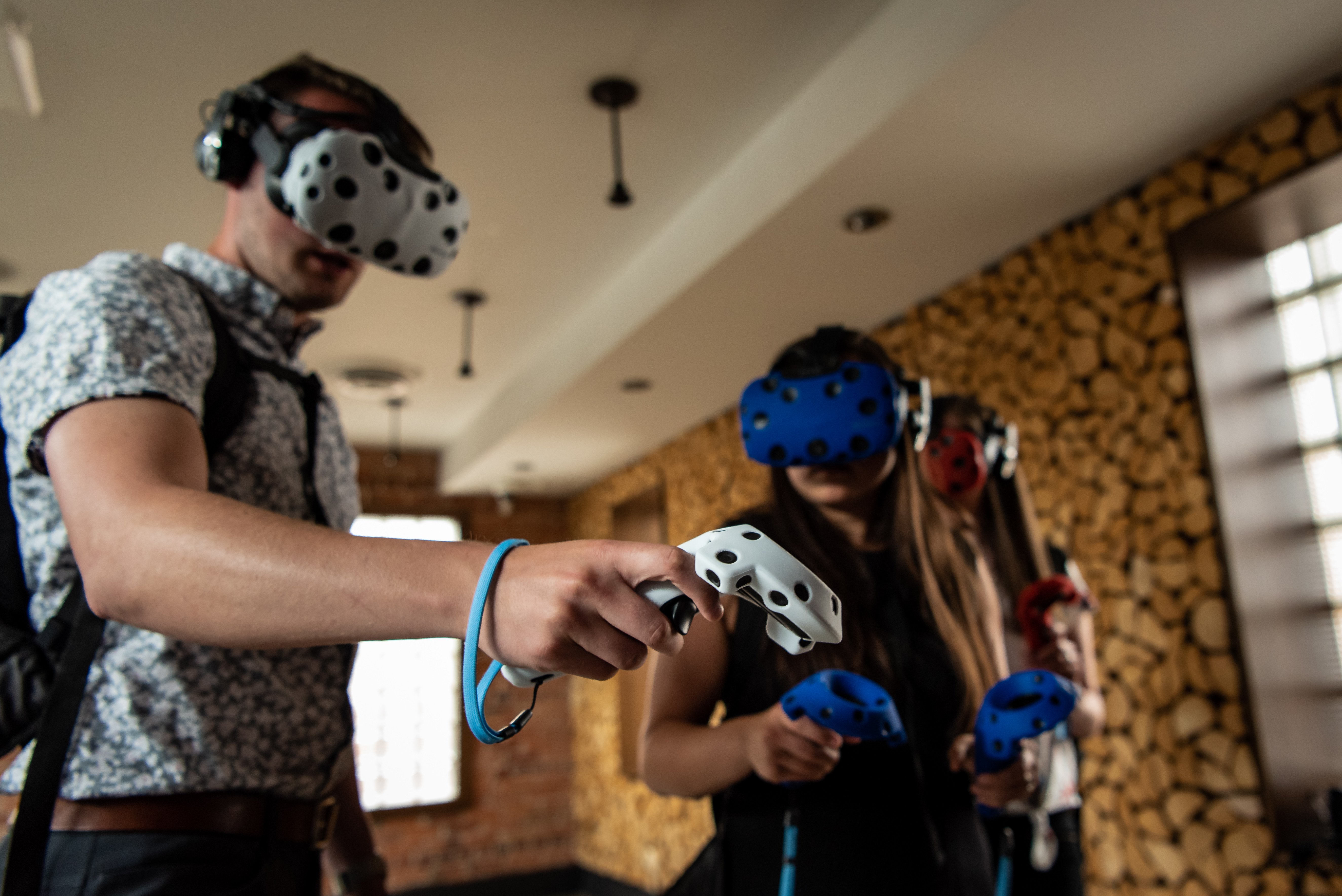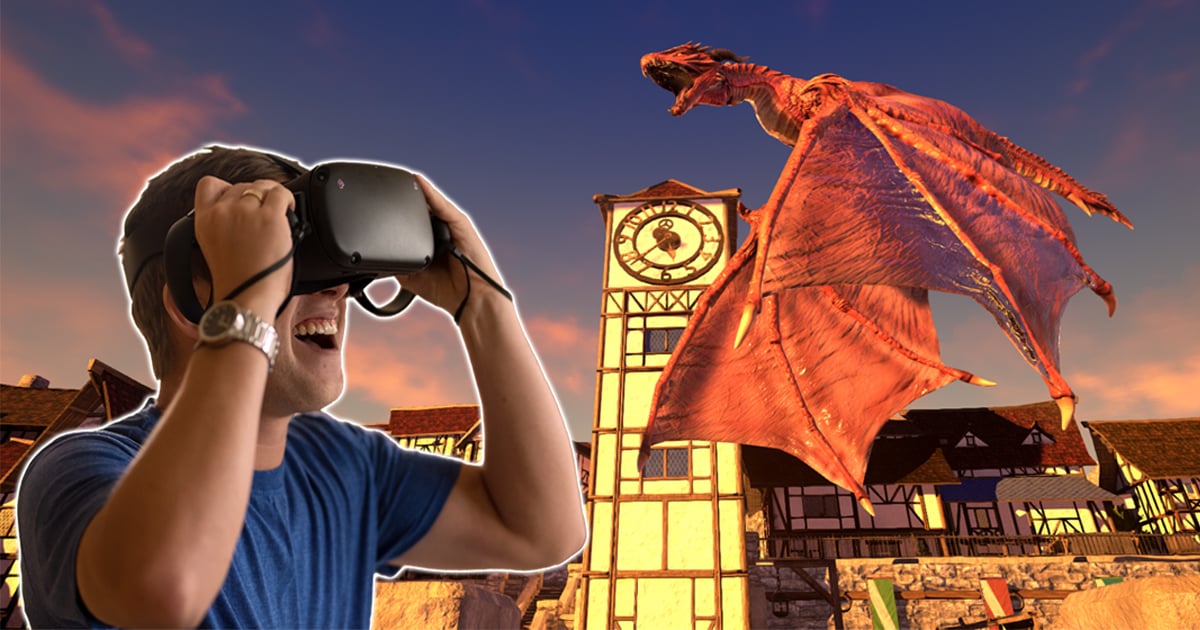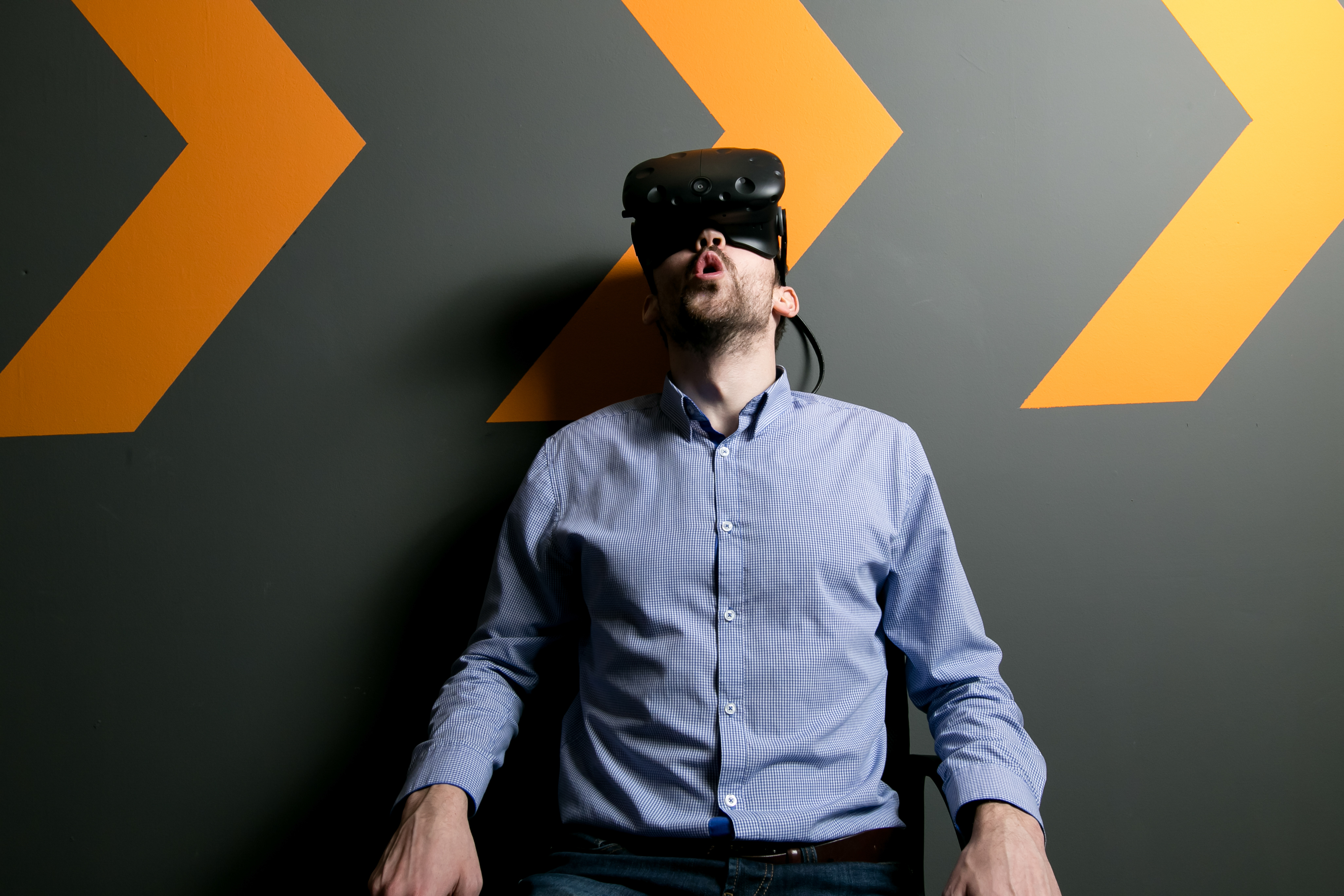How does The Business Model For VR Attractions Work? Part 1
Posted on: 2021-12-23
Thinking about becoming a VR operator? Whether you’ve got an existing business or you’re starting a whole new one, you’ve probably got a lot on your mind.
You’ll need to know how to physically set up your VR, what sort of games and experiences to sell — and of course, how to sell them. All that starts with the most important question: what are your local audiences going to respond to? What's going to get their attention, get them in the door, and get them talking about the amazing time they had to all their friends?
VR In Location-Based Entertainment
Let’s start by talking about the logistics of the experience you want to support. VR in location-based entertainment comes in a few different forms — and some of these are better suited to in-person entertainment than others.
- One-off virtual ride experiences, like VR rollercoasters
- Time-based play of consumer-level games (think someone dropping in for 30 minutes of Beat Saber, or an hour of Arizona Sunshine)
- Session-based co-op or competitive action or shooter games — VR laser tag for instance
- Focused, in-depth puzzle or adventure scenario-based games such as VR escape rooms
Let’s take care of that first one right away. These attractions don’t require the players actually do anything, so you may be swayed by the potential spectacle and simplicity of it. But there are two major downsides. First, the simplicity comes with shallowness. Your customer might be wowed the first time, but the novelty will quickly wear off. Not the best use of cutting-edge tech! But also, these kinds of experiences are much more likely than other VR options to cause VR motion sickness in your customers. Especially first-timers. All in all, not a great recipe for repeat business.

Access to consumer-level games is a big step up from that. While VR is becoming more accessible for home use, many people still won’t want to make that hardware investment, and you can certainly sell drop-in play of a whole bunch of games. The strength here is the variety — but keep in mind, you do have to build on what is available at home, because headset ownership is steadily increasing. You're also looking at a potentially involved licensing process depending on how much you want to offer.
When we get to co-op or competitive games? That’s when you’re starting to really futureproof your VR business investment. Even if headsets were as common as smartphones, very few people are going to have multiple headsets and the space and software available to host multiplayer at home. These games offer VR spins on classic attractions like laser tag, and that’s sure to be a long-term draw — though to run it well, you will need quite a bit of space.
Finally, there’s the VR escape room style games. These things offer complete 35-45 minute experiences rather than the 5-15 minutes more typical of the shooter games. This sort of time is a bit of a sweet spot when it comes both to common entertainment booking schedules and being short enough to not become a slog while long enough to feel like they got great value for their money. And the scenarios allow for a totally immersive, satisfying cooperative experience filled with a diversity of tasks and goals.
So how do these fit into a business?
Running VR in Your Location-Based Entertainment Business
The really neat thing about VR is this: all the magic happens in the headset. That means all of these VR experiences are available in virtually all types of business. You aren't limited to just one option — like how if you want to run traditional laser tag, you have to dedicate specific space for it.
Want to go all-in on VR? VR Arcades are a viable business model. Want to operate a VR attraction as part of a broader business, like an escape room or a family entertainment center? Also totally fine.
There is one caveat: how much space you want to dedicate.

The most efficient headset-per-square-meter model you can use is the VR booth model. With a small personal space allotted per headset, you can fit a lot of VR stations in your business.
But that’s probably not the best way to look at it. First, focusing on capacity should only be a concern if your utilization rate is so high you’re frequently turning bookings away. Second, the VR booth will work great for the consumer-level game model as these games are developed with the understanding that the player is playing more or less stationary — but the more sophisticated local multiplayer VR games really stand out when you give people space to physically walk around.
The other headset model is the room or arena option. Here, you dedicate a space for a group of players at a time. All players walk around the same physical space — seeing each other in corresponding positions in the virtual world. And this is where VR in location-based entertainment really shines. Actually walking around in VR is the most immersive (thus, exciting and compelling!) way to offer the technology. It feels natural, intuitive, reduces or eliminates the chance of VR motion sickness, and it’s not something the vast majority of home VR users will ever be able to support at home.
You can technically play cooperative shooters and VR escape rooms in VR booths, if the developers support it. But having that room-scale, free roam option over a booth is like the difference between being there at a live football game versus watching it on TV — you’ll see the same things, but one’s a whole lot more memorable.
Making Your VR Choice

Ultimately, it comes down to what kind of business you want to run. If you’re adding to an existing business, you’ll want it to fit in with what you’re already doing. If you’re running an escape room, then VR escape rooms are a completely natural fit. If you’re running something like traditional laser tag, or a broader family entertainment center, VR escape rooms are still a great fit that satisfy that group entertainment need — as are the more action-based VR shooter style games if you’ve got the space. Either way, if you’re already catering to groups, you definitely want to capture that group energy in your VR offering, so you need that room-scale multiplayer option.
If you’re thinking about a new VR arcade, then you’re probably targeting a demographic for which booth style consumer-level games will be attractive too. But at the same time, setting aside at least some space for those multiplayer room-scale experiences gives you that premium option — don’t count it out!
Your pricing, booking schedule, ability to handle walk-ins versus bookings, capacity — and of course, your return on investment goals — these will all depend on what style of VR you want to run. And of course, how well you promote it. And we’ll dig into that topic in the new year.
Want to know more about those VR escape rooms? Well, you’re already in the right place. We’ve helped more than 80 entertainment locations, new and existing, implement incredible VR escape rooms as part of their business model. Reach out if you want to find out how it can work for you!


